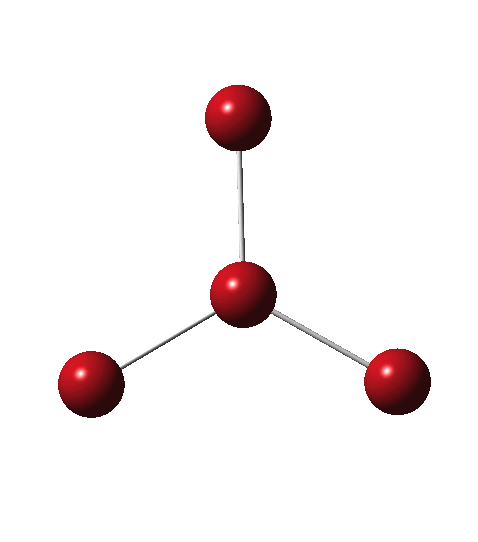As I have noted elsewhere, Gilbert N. Lewis wrote a famous paper entitled “the atom and the molecule“, the centenary of which is coming up. In a short and rarely commented upon remark, he speculates about the shared electron pair structure of acetylene, R-X≡X-R (R=H, X=C). It could, he suggests, take up three forms.

A lunchtime conversation with a colleague had us both bemoaning the distorting influence on chemistry of bibliometrics, h-indices and journal impact factors, all very much a modern phenomenon of scientific publishing.

The Bürgi–Dunitz angle is one of those memes that most students of organic chemistry remember. It hypothesizes the geometry of attack of a nucleophile on a trigonal unsaturated (sp2) carbon in a molecule such as ketone, aldehyde, ester, and amide carbonyl.
Blogging in chemistry remains something of a niche activity, albeit with a variety of different styles. The most common is commentary or opinion on the scientific literature or conferencing, serving to highlight what their author considers interesting or important developments. There are even metajournals that aggregate such commentaries. The question therefore occasionally arises;

Allotropes are differing structural forms of the elements. The best known example is that of carbon, which comes as diamond and graphite, along with the relatively recently discovered fullerenes and now graphenes. Here I ponder whether any of the halogens can have allotropes.

Egon has reminded us that adoption of ORCID (Open researcher and collaborator ID) is gaining apace. It is a mechanism to disambiguate (a Wikipedia term!) contributions in the researcher community and to also remove much of the anonymity (where that is undesirable) that often lurks in social media sites.

The knowledge that substituents on a benzene ring direct an electrophile engaged in a ring substitution reaction according to whether they withdraw or donate electrons is very old. Introductory organic chemistry tells us that electron donating substituents promote the ortho and para positions over the meta.
Sodium borohydride is the tamer cousin of lithium aluminium hydride (LAH). It is used in aqueous solution to e.g. reduce aldehydes and ketones, but it leaves acids, amides and esters alone. Here I start an exploration of why it is such a different reducing agent.
Previously on this blog: modelling the reduction of cinnamaldehyde using one molecule of lithal shows easy reduction of the carbonyl but a high barrier at the next stage, the reduction of the double bond.
Last August, I wrote about data galore, the archival of data for 133,885 (134 kilo) molecules into a repository, together with an associated data descriptor published in the new journal Scientific Data.
The reduction of cinnamaldehyde by lithium aluminium hydride (LAH) was reported in a classic series of experiments,, dating from 1947-8. The reaction was first introduced into the organic chemistry laboratories here at Imperial College decades ago, vanished for a short period, and has recently been reintroduced again.‡ The experiment is really simple in concept;